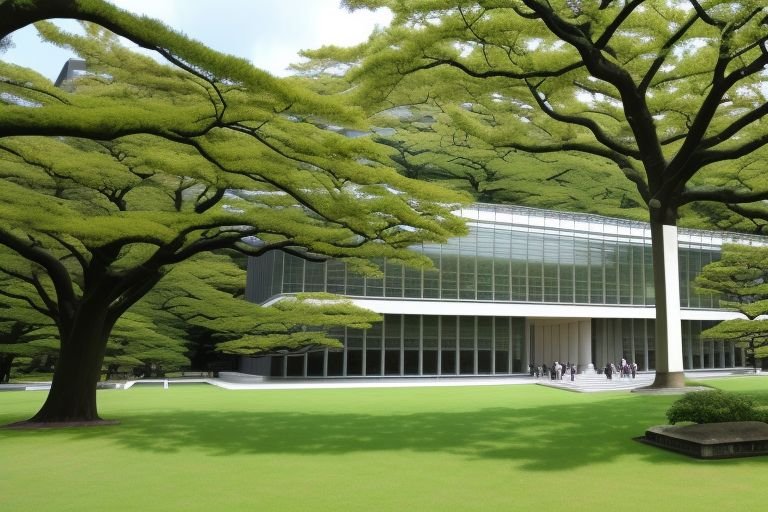Tokyo Institute of Technology and Tokyo Medical and Dental University have now merged to become the Institute of Science Tokyo or Science Tokyo, which will be a turning point for higher education institutions in Japan. As a result of the merger that began on October 1, 2024, the country has attained another important step in improving research capacity and competitiveness for science and technology.
The establishment of the Institute of Science Tokyo is to combine the two institutions in order to provide the best both research and education institutions in the world. Science Tokyo with its focus on engineering and applied sciences of Tokyo Tech linked with medical and life sciences of TMDU will pave the way for a new interdisciplinary giant research and innovation hub.
The consolidation idea has been under consideration for several years, and both institutions seem to understand the benefits of the merger. This led to the formulation of the decision to unionize because there were various issues that could only be solved through the interdisciplinarity approach. Leaders of Science Tokyo think that such integration will help encourage discovery in fields like bioengineering, artificial intelligence in medicine, and materials for innovative healthcare solutions.
Another important goal is the increase of the students’ environment heterogeneity and quality due to the merger. The new institute gives a wider choice of programs and courses, which will enable students, on the one hand, to experiment with interdisciplinary learning and, on the other hand, expose them to current research innovations in technological and health divisions. This approach is expected to produce graduates who will be better positioned to handle the challenges of the future.
The Institute of Science Tokyo has also declared its intention to launch ten new leading research themes, centering on the strength of the two former institutes. It includes fields like fundamental research, quantum chemistry, molecular biology, bioinformatics, nanotechnology and artificial intelligence systems, quantum computing, stem cell and regenerative medicine, renewable energy technology, and robotic systems. Science Tokyo has its sights on turning into one of many premier establishments on this planet of scientific analysis and innovation by specializing in these four areas.
The merged venture has been approaching by both the scholarly world and business associates positively. That is probably why many view it as a daring decision that will serve to shift Japan further up the world science rankings. Due to the integration of IT segmentation, the institute hopes to draw talented faculty and students from around the world to improve its current research infrastructure and globally recognized status.
However, this merger has not come as a result of a smooth process as expected. We also found that the integration of the cultures and administration of two different institutions is not an easy task. In the leadership of Science Tokyo, much attention has been paid to construing a new identity based on the values and traditions of both the former institutions.
To facilitate the change, a communication and engagement plan to involve students, faculty and staff has been developed and activated at Science Tokyo. There are also numerous committees and working group actively involved in different aspects of integration including curriculum and research collaboration procedures at the institute.
The emergence of Science Tokyo, however, fits into a more general process in Japanese tertiary education, which has seen the government try to push universities into larger, more specialized entities. With the features of this mergers, it has been recommended as a model for future collaborations of institutions country wide.
Now that the Science Tokyo has set the path for integration as a unified institution, the theoretical and research community is looking on closely. This merger indicates a high possibility of the future emulation of this model within and outside Japan which may usher profound changes across the higher learning institutions and scientific research fraternity across the globe.
As a result of the grand strategy and resources endowed to the Institute of Science Tokyo, the Institute is poised to make strides in scientific development and technology in the future. It is for this reason that the institute enters the new strategic plan phase, not just with the dreams and support of its students and faculty but also with the entire scientific community in Japan.


